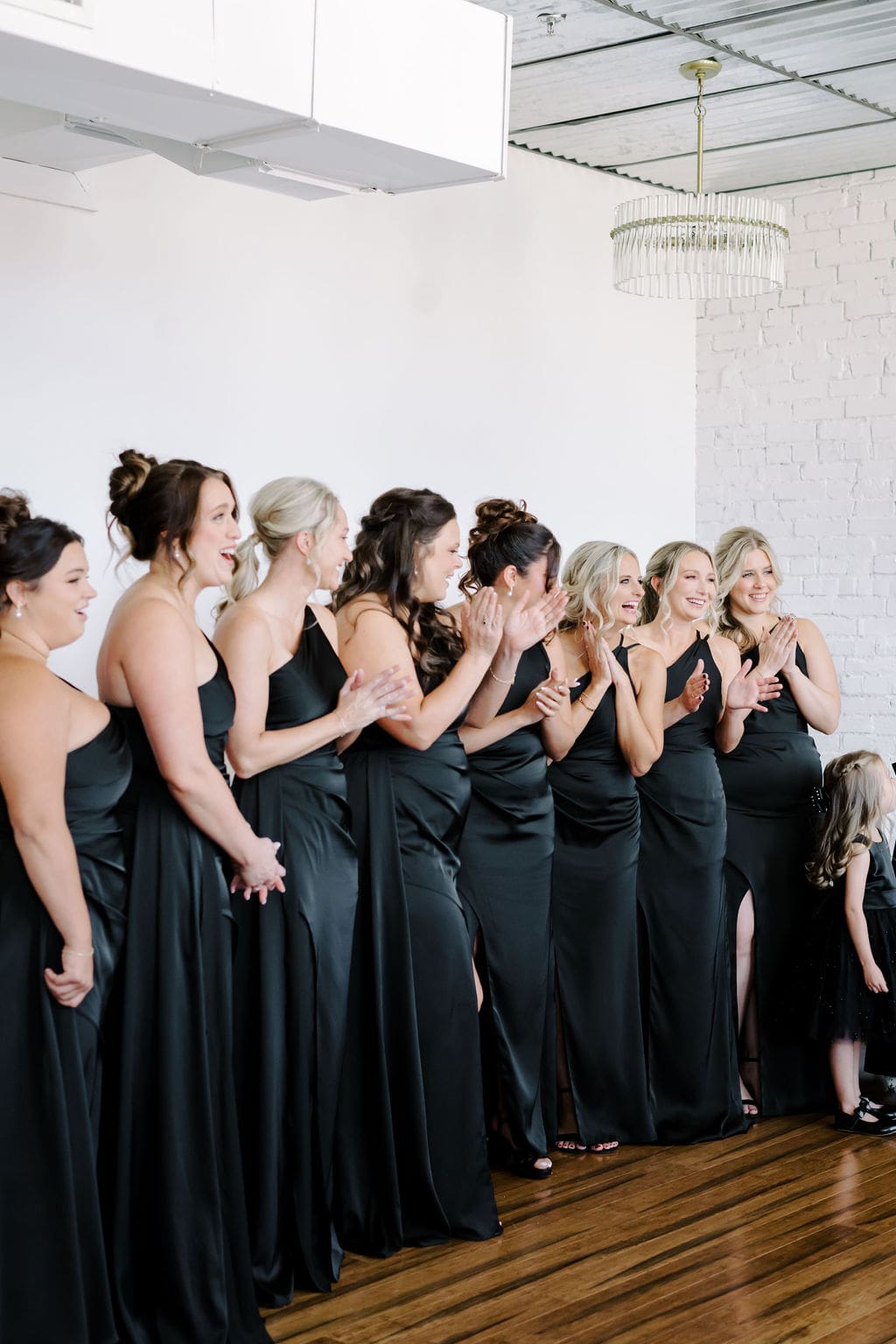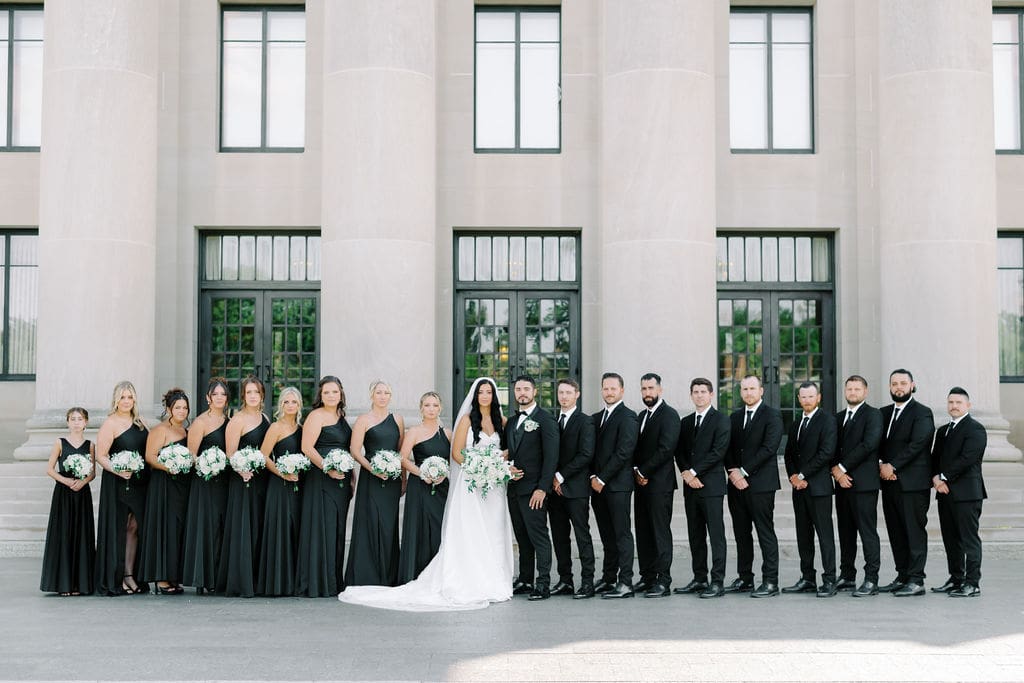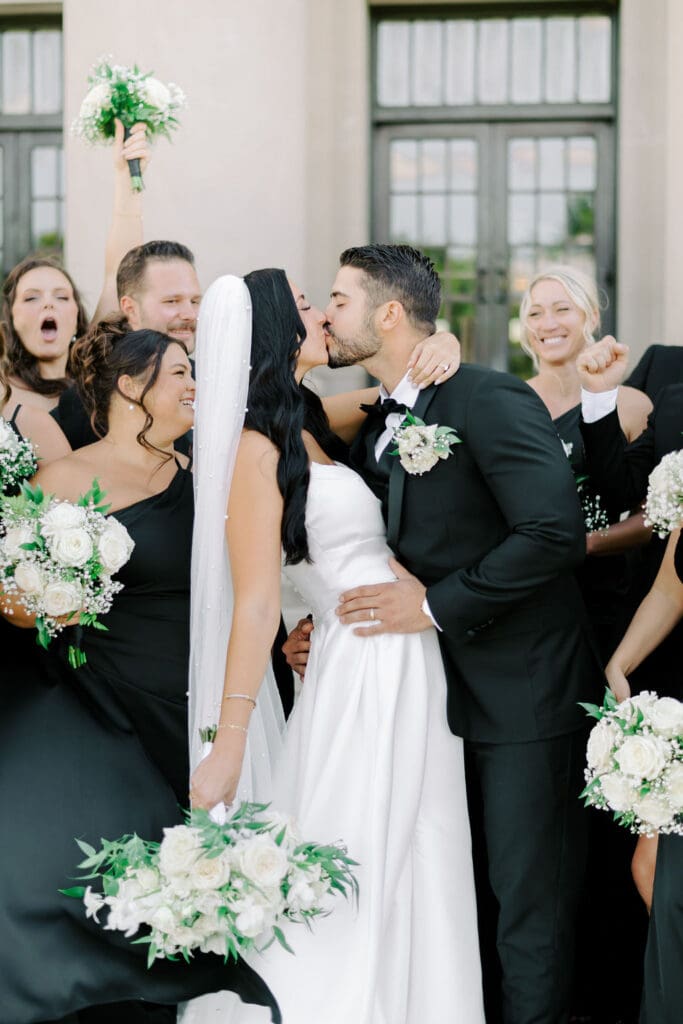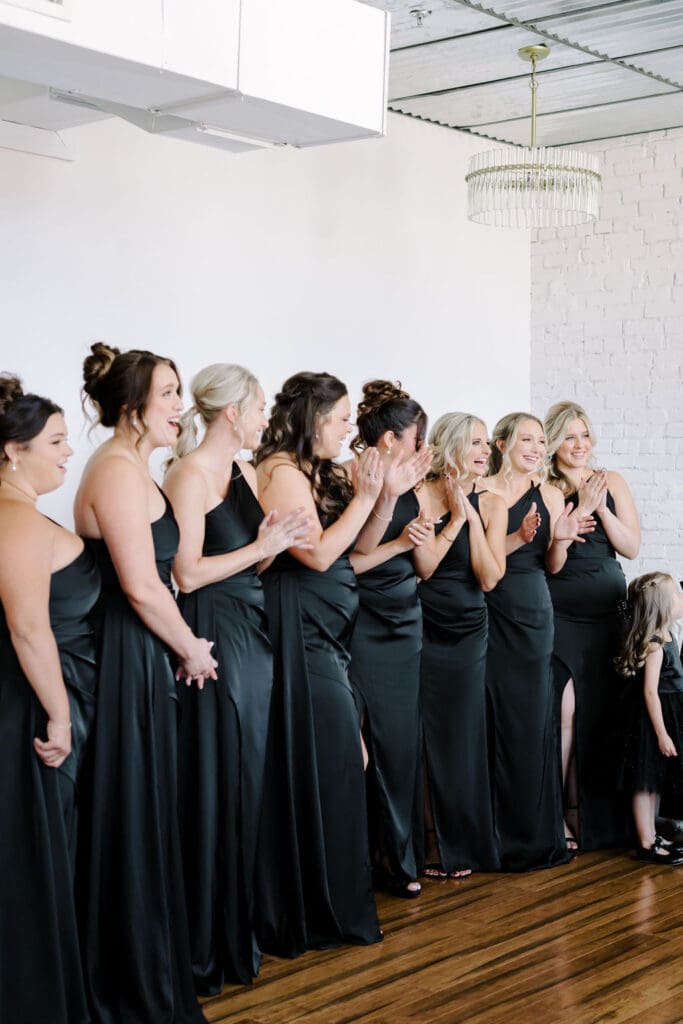A wedding day timeline is one of the most important planning tools you can create. It ensures that everything flows smoothly, that you’re on track for each moment, and that there’s enough time to enjoy the experience without feeling rushed. Crafting the perfect timeline takes careful planning, but the result is a stress-free day that will let you focus on what matters most—celebrating with your loved ones. Here’s everything you need to know about creating the perfect wedding day timeline.
Why is a Timeline Important?
A well-planned wedding day timeline is essential for keeping things on track and ensuring that every important moment is captured. It helps you allocate time for each part of the day, from getting ready to the last dance, so nothing gets skipped or rushed. By having a clear understanding of the day’s flow, you and your vendors can stay organized and focused on making the day as perfect as possible. It also minimizes the risk of hiccups or delays, allowing you to enjoy the moments without worrying about the logistics. A timeline helps you make the most of your wedding day while keeping things moving efficiently.
Where to Begin
When starting your wedding day timeline, begin with your ceremony time. This is the cornerstone of your schedule, as everything else is planned around it. Once you know when the ceremony will begin, you can start filling in the other parts of the day—getting ready, first looks, portraits, cocktail hour, dinner, speeches, and the reception. It’s helpful to break the day into key sections and build from there. For example:
- Getting Ready: Allow at least two hours for hair, makeup, and getting dressed.
- First Look: If you’re planning one, schedule this time 1-2 hours before the ceremony.
- Ceremony: This includes time for guests to be seated, the processional, vows, and recessional.
- Portraits: Plan enough time for family, bridal party, and couple portraits.
- Reception: Include time for the grand entrance, toasts, dinner, first dances, and other events like bouquet toss or cake cutting.
Be sure to account for every segment, big and small, to ensure a complete timeline.
Allow for Time Buffers
One of the most important tips for creating your timeline is to build in time buffers. Weddings rarely go exactly as planned, and factors like unexpected delays or small adjustments can throw off your timing. It’s a good idea to pad your timeline by 15-30 minutes for each major event. For example, if you anticipate your ceremony to last 30 minutes, schedule 45 minutes to allow time for any last-minute changes or delays. Similarly, give yourself extra time for hair and makeup in case things take longer than expected or if you want to relax before the next event.
Time buffers not only give you flexibility but also ensure that your photographer, videographer, and other vendors have enough time to capture the moments without feeling rushed.
Sharing Your Timeline With Family, Bridal Party, & Vendors
Once you have your timeline created, it’s important to share it with everyone involved in the wedding day. This includes your family, bridal party, and all vendors. Everyone should know where they need to be and when, so there are no surprises on the day of the wedding.
- Family & Bridal Party: Make sure your family members and bridal party know when to arrive for getting ready, photos, and the ceremony. This will help them stay organized and prevent any delays.
- Vendors: Share your timeline with all of your vendors—photographers, videographers, florists, catering, and musicians—so they can be prepared for each event. They’ll also know where they need to be and when, which helps them execute their roles seamlessly.
- Coordination: Many couples ask their wedding planner to manage the timeline on the day-of to ensure everything runs smoothly. If you’re not working with a planner, consider appointing a trusted friend or family member to assist with keeping everyone on schedule.
By sharing the timeline well in advance, you ensure that everyone is on the same page, which will lead to a smoother, more enjoyable day.
The Bottom Line
A well-thought-out wedding day timeline is key to having a smooth, enjoyable day that runs like clockwork. Start with your ceremony time, build in necessary buffers, and don’t forget to share the timeline with your family, bridal party, and vendors. The more prepared everyone is, the more you can focus on enjoying the celebration and making memories. With your timeline in hand, you’ll be able to experience every moment to the fullest, knowing that everything is in place for a beautiful, seamless day.



